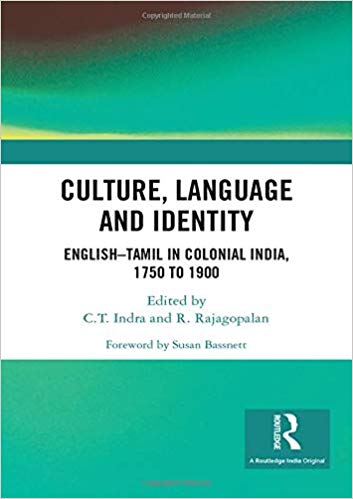In late 2018 both The New York Times and The New York Review of Books carried long reviews of Tamil writer Perumal Murugan’s One Part Woman following its reprint for the American trade book market by Grove Atlantic. Controversy following the murderous threats to the author no doubt played a part in the attention it received. But it was also a symptom of changed times.
Times were when it was difficult to find a mainstream English publisher to publish an Indian language novel in translation. The translation was done for love, or in vanity, usually by an academic; the author waived royalty for the honour of being married to the duchess; publishers thought they were doing a favour by bringing out the translation between covers. Reviews, if they came out at all, were few, far between and patronizing. More often than not remaindered copies piled up on pavements looking for their readers. Happily, all this has changed. From the beginning of the new millennium, literary fiction in translation has carved its own place now in the lists of most Indian trade publishers. Though no one has done a bibliometric study, I would reckon that Tamil holds a prominent place in the list. How did this come to be? The volumes under review provide a useful sourcebook to understand this phenomenon.
CT Indra, an academic (retired professor of English at the University of Madras) and R Rajagopalan, also a retired English teacher (of Tamil Nadu government colleges) but better known as a member of the editorial collective of an important little magazine (of the 1970s and 1980s), Zha, have joined hands to edit these volumes. This is especially to be welcomed as English teachers in Tamil Nadu colleges, almost as a rule, are ill-informed, if not actually ignorant, of trends in contemporary Tamil literature. The contrast with, say, the Malayalam literary world is striking—for a long time I used to think that to be a Malayalam poet one had to be a professor of English.

